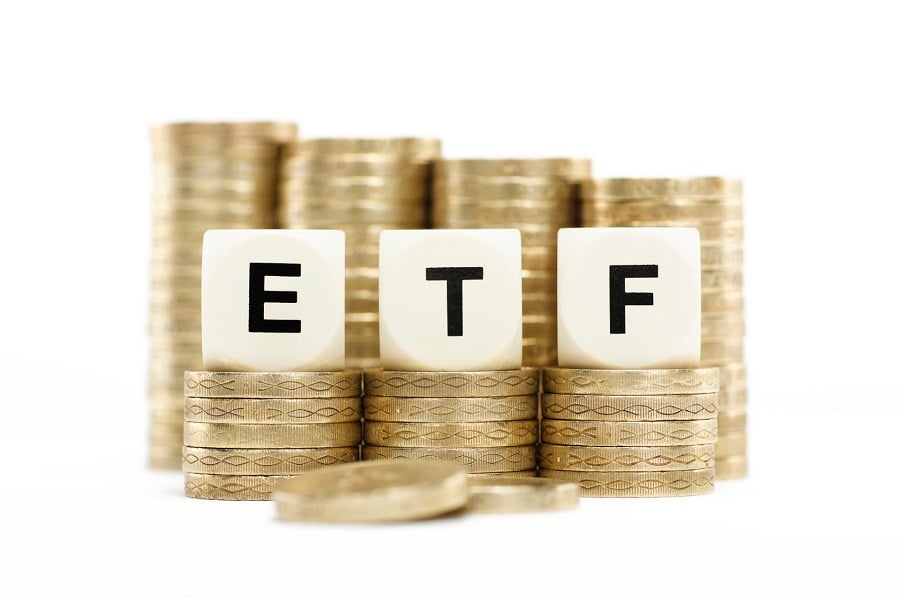

You can always count on the ETF space to prove over and over again that necessity is the mother of invention.
Just look at the latest iteration of single-stock exchange traded funds in the form of a series that offers concentrated exposure to Treasury bonds.
The new US Benchmark Series from boutique asset manager F/m Investments was created in response to a call from a financial adviser who wanted to better manage the Treasury bond exposure in client portfolios. At launch, the series includes the US Treasury 10-year ETF (UTEN), US Treasury 2 Year ETF (UTWO) and US Treasury 3 Month Bill ETF (TBIL).
Each fund will hold the most current corresponding security, and the ETFs are designed to make it easier to access the Treasury market, according to Alexander Morris, president and chief investment officer at F/m Investments.
“We believe the Benchmark Series will revolutionize the financial markets, making the most liquid securities accessible to everyone in a simplified way,” Morris said. “We are equitizing the yield curve, giving investors low-friction access to US Treasuries, as well as the ability to short or potentially use equity options to express views on rates.”
This unique brand of ETFs have only been on the market for a few weeks and until now have been providing exposure to individual stocks.
“Amidst a wave of single stock ETFs coming to market, it’s no surprise to see issuers quickly follow suit with single bond ETFs,” said Nate Geraci, president of The ETF Store.
“These ETFs offer investors an easy-button approach to purchasing on-the-run Treasuries at specific spots along the yield curve,” he added. “This continues a trend of issuers offering more granular fixed income exposure, an area where plenty of whitespace still exists within the ETF industry.”
Like the single-stock versions, which allow for leverage and short exposure, allocating to specific bond exposure is more of a trading strategy than a long-term investing strategy.
Morris said he is giving a broad audience access to securities in a way that can be difficult to find on some platforms.
“There’s no reason why this isn’t appropriate for a broad audience,” he said.
The pitch behind the ETF series includes direct access to Treasury securities, targeted single-security use, increased investor cashflow compared to holding the actual underlying security, tax efficiency through the ETF wrapper, consistent exposure without the need to roll the underlying securities, and the ability to allocate in response to Fed policy.
“The potential applications of these ETFs are limitless and still being discovered,” said Peter Baden, CIO of Genoa Asset Management.
The Benchmark Series ETFs, which charge 15 basis points, is a collaboration between F/m's brands North Slope Capital and Genoa Asset Management, with support from The RBB Fund.
[Read more: Covid-themed ETF shifts focus to monkeypox]

Raymond James also lured another ex-Edward Jones advisor in South Carolina, while LPL welcomed a mother-and-son team from Edward Jones and Thrivent.

MyVest and Vestmark have also unveiled strategic partnerships aimed at helping advisors and RIAs bring personalization to more clients.

Wealth management unit sees inflows of $23 billion.

Deal will give US investment bank a foothold in lucrative European market.

New report examines the impact that the initiative has had on philanthropy.
Orion's Tom Wilson on delivering coordinated, high-touch service in a world where returns alone no longer set you apart.
Barely a decade old, registered index-linked annuities have quickly surged in popularity, thanks to their unique blend of protection and growth potential—an appealing option for investors looking to chart a steadier course through today's choppy market waters, says Myles Lambert, Brighthouse Financial.
